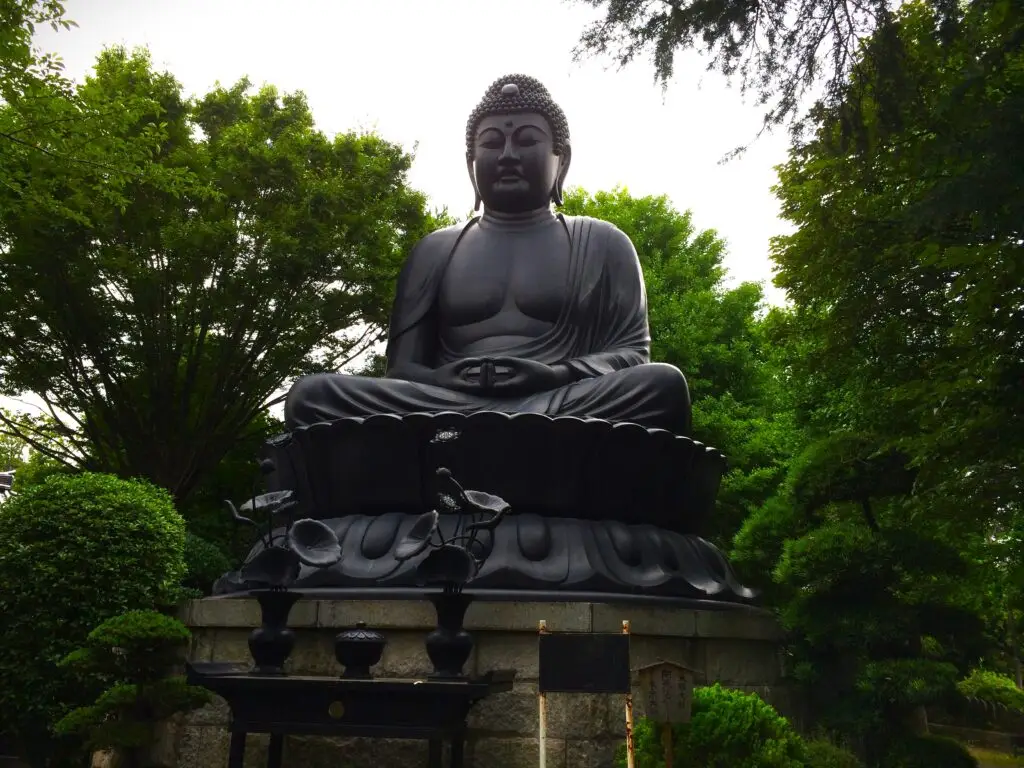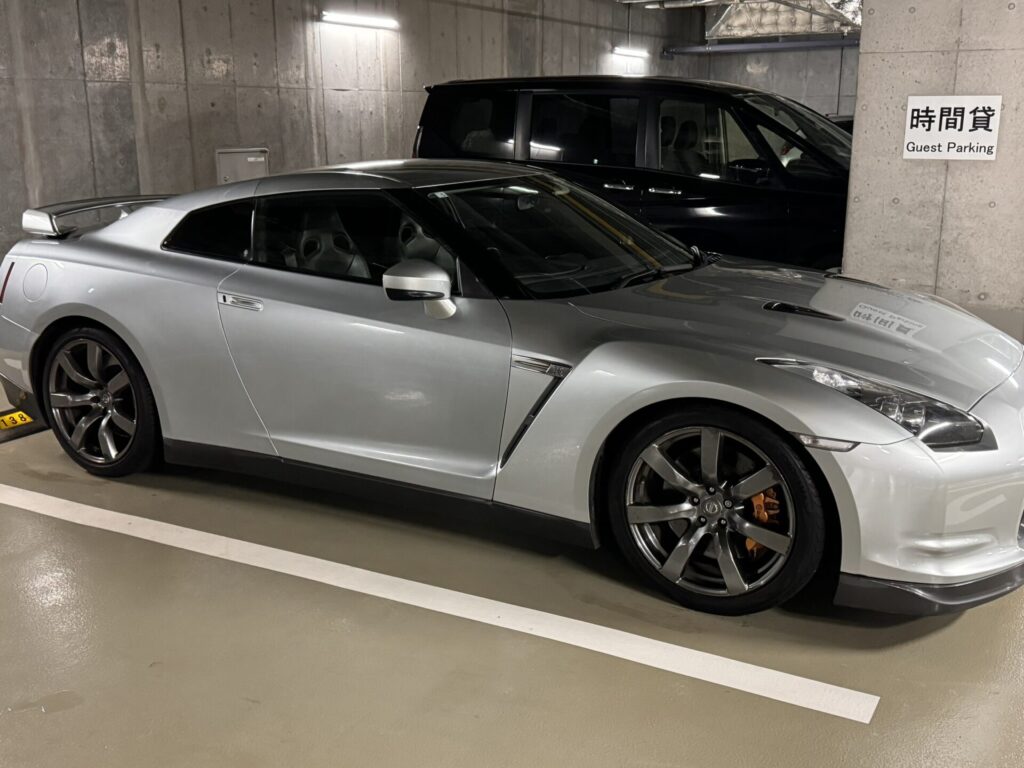
12 BEST Day Trips From Tokyo By Train Not To Miss In 2026
Updated November 11, 2025 Luxury, Culture & Easy Planning Welcome to Pure Life Podcast. Planning a Tokyo itinerary and want
Japan is a land where ancient traditions blend seamlessly with cutting-edge innovation, offering an unforgettable experience for travelers. Having grown up in Japan, I’m thrilled to be able to provide you everything you need to know for your journey to Japan. From the bustling streets of Tokyo to serene temples in Kyoto, you’ll discover what to expect, how to navigate the country’s efficient transport system, and where to stay—whether it’s traditional ryokan inns or modern hotels. Start planning your ultimate Japan adventure here!



Japan is a country of contrasts—where ancient temples stand beside modern skyscrapers and where meticulous attention to detail defines every experience. As a Japanese-born traveler, I can tell you that politeness, cleanliness, and punctuality are at the heart of daily life. From the bustling energy of Tokyo to the peaceful zen of rural areas, expect efficient transportation, a deep respect for tradition, and a food culture that’s both diverse and delicious. Whether it’s navigating through the city or immersing yourself in cultural rituals, Japan promises a truly unique journey.
Language: Japanese is the national language and is spoken throughout Japan. While English signs are quite prevalent, it is not widely spoken outside of Tokyo or other major cities, thus it is highly recommended to brush up on some Japanese phrases before you go.
Currency: The Japanese Yen is the national currency. Hotels, major shops and many restaurants will accept credit cards but cash is still king just about everywhere else in Japan. Typically, $1 U.S. gets you about 140-160 Japanese Yen.
Climate: Japan experiences four distinct seasons (winter, spring, summer and fall), and ranges from subarctic to subtropical depending on the season. Summers are typically hot and humid, winters see snowfall (especially in the north) whereas spring and fall are more moderate temperature-wise but also experience seasonal monsoons.
The best time to visit Japan is during spring (March to May) and autumn (September to November) when the weather is mild, and the landscapes are at their most picturesque. In spring, cherry blossoms bloom across the country, creating stunning backdrops for iconic events and festivals such as the Hirosaki Cherry Blossom Festival. Autumn offers vibrant foliage, perfect for scenic walks or hikes while summer is ideal for experiencing dynamic festivals like Gion Matsuri in Kyoto and vibrant fireworks displays during the Sumida River Fireworks Festival in Tokyo. For winter (December to February) enthusiasts, Japan transforms into a wonderland with snow sports in Hokkaido, enchanting illumination displays, and the celebrated Sapporo Snow Festival.
Navigating Japan is incredibly easy, even for first-time visitors. The country boasts one of the world’s most efficient public transportation systems, including the famous Shinkansen (bullet trains), subways, buses, and taxis. Japan’s cities are well-connected, and English signage is widely available in major areas. Consider using a Japan Rail Pass for unlimited train travel across the country. For local travel, IC cards like Suica or Pasmo offer a seamless way to hop on and off trains and buses. With punctuality and reliability as the norm, getting around Japan is stress-free and straightforward.
Trains and the Shinkansen (Bullet Train): The backbone of Japan’s transportation system is its train network, which is among the most efficient in the world. The Shinkansen (bullet train) connects major cities like Tokyo, Osaka, Kyoto, and Hiroshima at incredible speeds, making long-distance travel quick and comfortable. Regional trains and local lines serve smaller towns and rural areas, providing comprehensive coverage across the country. Visitors can save money and travel conveniently with a Japan Rail Pass (JR Pass), which offers unlimited rides on most JR-operated trains, including the Shinkansen, for a set period.
Subways and City Trains: Japan’s cities, including Tokyo, Osaka, and Kyoto, have extensive subway systems and urban train networks that make city travel straightforward. Trains are punctual, clean, and easy to navigate, with English signage and announcements available. IC cards like Suica and Pasmo allow for cashless payments across trains, subways, and buses, simplifying travel between different transport modes.
Buses: Long-distance buses (also known as highway buses) are an affordable alternative to trains for intercity travel, connecting destinations across Japan. Companies like Willer Express and JR Buses operate modern buses equipped with reclining seats and Wi-Fi, making them a comfortable choice for budget-conscious travelers. Local buses are essential for accessing remote areas, such as Mount Fuji’s Fifth Station or small towns in Hokkaido. Payment is easy with cash or IC cards.
Rental Cars: Our favorite option for exploring areas outside of the big cities like Tokyo or Osaka. Major rental car companies like Toyota Rent a Car, Times Car Rental, and Nissan Rent a Car operate across Japan, including airports and train stations. Japan’s roads are well-maintained, and navigation is made easy with English-language GPS systems provided by rental companies. Keep in mind that Japan drives on the left side of the road, and an International Driving Permit (IDP) is required for most foreign visitors. Rental cars are particularly useful for exploring areas like Hokkaido, Kyushu, and the Japanese Alps, where scenic drives and smaller towns await.
Taxis and Ride-Hailing Services: Taxis are widely available in urban and rural areas, known for their reliability and courteous drivers. They’re ideal for late-night trips, short distances, or when public transport isn’t available. While taxis can be expensive, especially for longer trips, they are equipped with automatic doors and English-speaking drivers in many tourist hubs. For more modern convenience, ride-hailing apps like DiDi and Uber operate in Japan’s major cities.
Domestic Flights: For long-distance travel, such as from Tokyo to Okinawa or Hokkaido, domestic flights are a quick and efficient option. Airlines like ANA and JAL offer frequent flights with competitive fares, especially if booked in advance. Low-cost carriers like Peach Aviation also provide budget-friendly options for shorter flights.
Ferries: Japan’s islands are well-connected by ferries, which are a scenic way to travel to destinations like Miyajima, Naoshima, or Okinawa. Ferries range from small boats to large vessels with amenities, and they are a fantastic way to enjoy Japan’s coastal beauty.
With its reliable infrastructure, intuitive navigation, and wide range of options, getting around Japan is as much a part of the adventure as the destinations themselves. Whether you’re hopping on a Shinkansen, cycling through Kyoto, or cruising to a remote island, Japan’s transportation system ensures an efficient and unforgettable travel experience.







Updated November 11, 2025 Luxury, Culture & Easy Planning Welcome to Pure Life Podcast. Planning a Tokyo itinerary and want

Welcome to your ultimate Hidden Welness Oasis in Tokyo Relax, recharge, and immerse yourself in centuries-old Japanese wellness traditions —

When it comes to finding the perfect place to stay in Tokyo, selecting the right area can significantly enhance your

Immersive Yourself in its Tranquil Beauty: Oirase Gorge Japan Travel Guide Japan always holds a special place for us and

Tokyo in 4 Days – The Ultimate Explorer’s Itinerary As a Japanese native born and raised in Tokyo I am

After an unforgettable journey, we’re back in Tokyo for our Northern Honshu Road Trip Japan conclusion! Our last few days